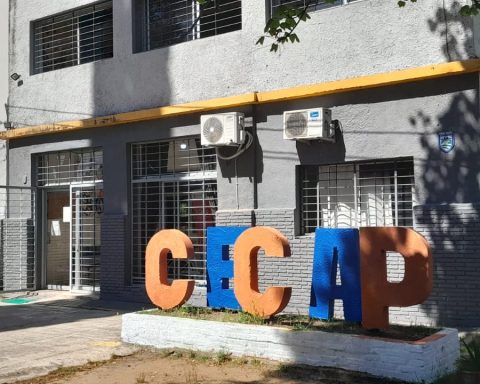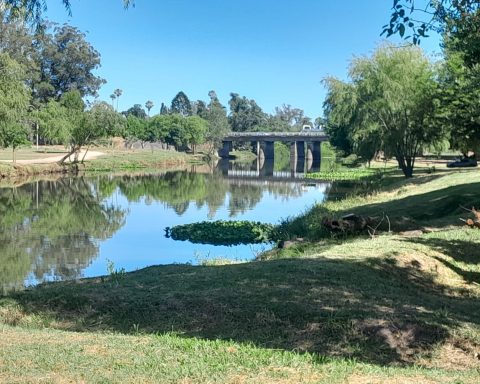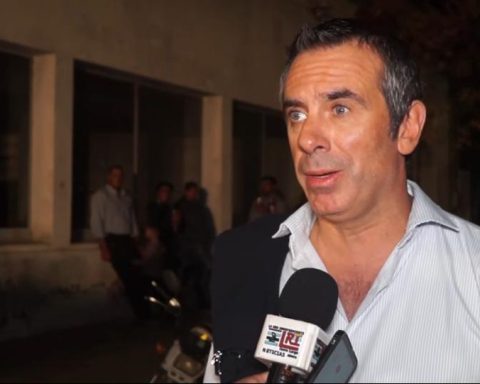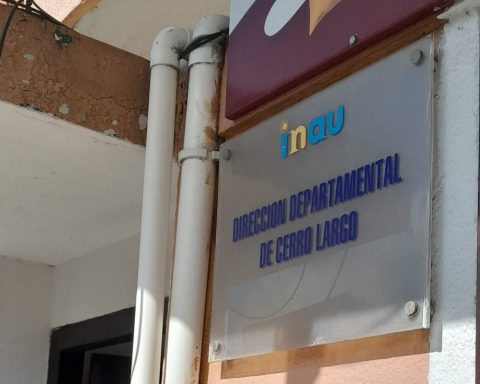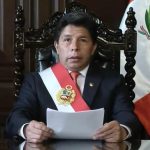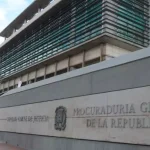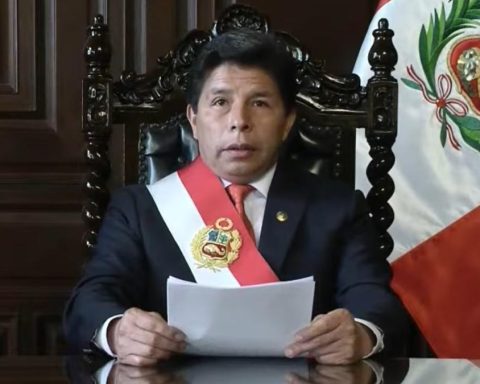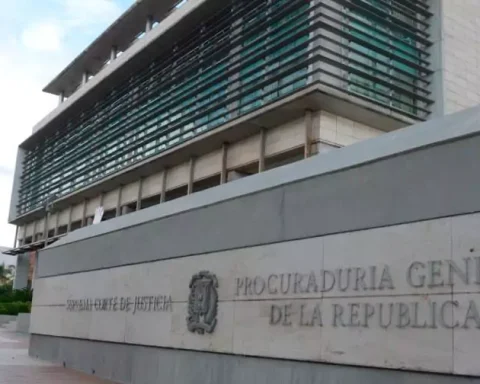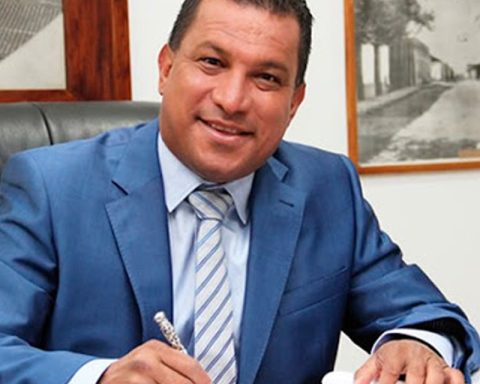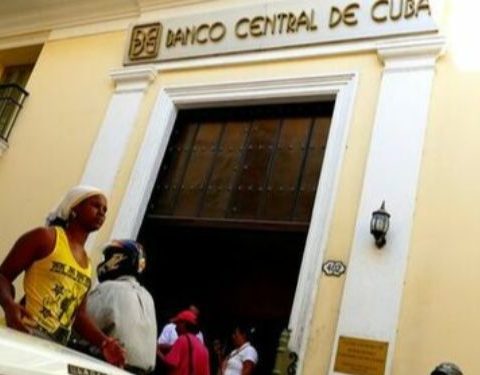“I don’t know if the drought left good thingsIt seems to me that none. What he left behind is the awareness that water is not really infinite, of the misuse that we make many times ”, said Environment Minister Robert Bouvier during the Sustainability Forum organized by BBVA last week.
On this point, the minister said that it is necessary to start working on a comprehensive water policy that covers all sectors, and where the Ministry of the Environment is the one who “dictates and controls it.” “This means combining efforts that today are fully distributed among many organizations,” he pointed out.
As an example, he pointed out that during the water deficit that affected the country mainly in the first months of the year, “There were individual impulses” from the Ministry of Livestock, the municipalities and OSE to “put out fires every day.” This is because “there was no global vision of what was happening”, according to your point of view.
“That is the lesson that this drought left us. Start working on a comprehensive solution for how we manage water”, Bouvier pointed out during a panel on water footprint.
The drought caused a continuous decrease in the reservoirs and watercourses that are used as a source of supply to the population. To the point that in February the Board of OSE resolved to prohibit the use of drinking water for non-priority purposes. The lack of water also implies million-dollar losses for agriculture, and its effects are already reflected in the performance of the Uruguayan economy.
“Social justice”
Elsewhere in your presentation. Bouvier referred to the construction project of OSE’s drinking water plant in Arazatí, and to your projectsanitation standardization. Both initiatives imply an investment of US$ 500 million.
“These are two projects that come together, but which in turn have different impacts.” As he said, Arazatí seeks to “solve” the supply of metropolitan water until 2045, and in turn will provide solutions for areas of Canelones that today need to be supplied with water from Montevideo.
In the case of sanitation -in its first stage it will cover 61 localities in the interior with more than 2,000 inhabitants-, he said that its concretion implies “begin to create social justice” on the subject.
He added that it will also “have a significant environmental impact”, because the withdrawal and treatment of water is expected in individual specialized plants. “Today in some cities there is sanitation, but it is poured into rivers or streams,” he pointed out.
The original project involved an investment of US$975 million and benefited 560,000 people through 250,000 new connections in 124 locations, but it was divided and in this period a first part will be executed that will reach 160 thousand people with 55 thousand new connections. Currently, sanitation coverage in the interior of the country reaches less than 50% of the population, and with the project it is expected to reach 60%.
With respect to use of water for productive activitiesBouvier said that “It must be responsible and realistic. “We don’t have to be fundamentalists. We have to see what can be done and the consequences that certain situations may have. That is why we must work within the framework of a comprehensive national water management policy”, he insisted.
How does Uruguay stop in the face of climate change? “We are convinced that we are not part of the problem. Our country did not contribute to this great crisis that humanity is experiencing. Yes we are part of the solution and awareness. You have to bring the whole climate issue down to earth. Today the public perceives it as something that is not very comprehensive in language”, said the minister.
What is the water footprint
Together with the carbon footprint and the ecological footprint, the Water footprint it also plays an important role in caring for the environment. This indicator measures the volume of water that is used directly for daily activities, and the total volume of fresh water that is used to produce goods and services that are consumed.
The water footprint aims to promote responsible consumption that prevents the improper exploitation of water resources and thus helps combat climate change. According to estimates, Uruguay has a water footprint of 7.1 billion cubic meters per year.

